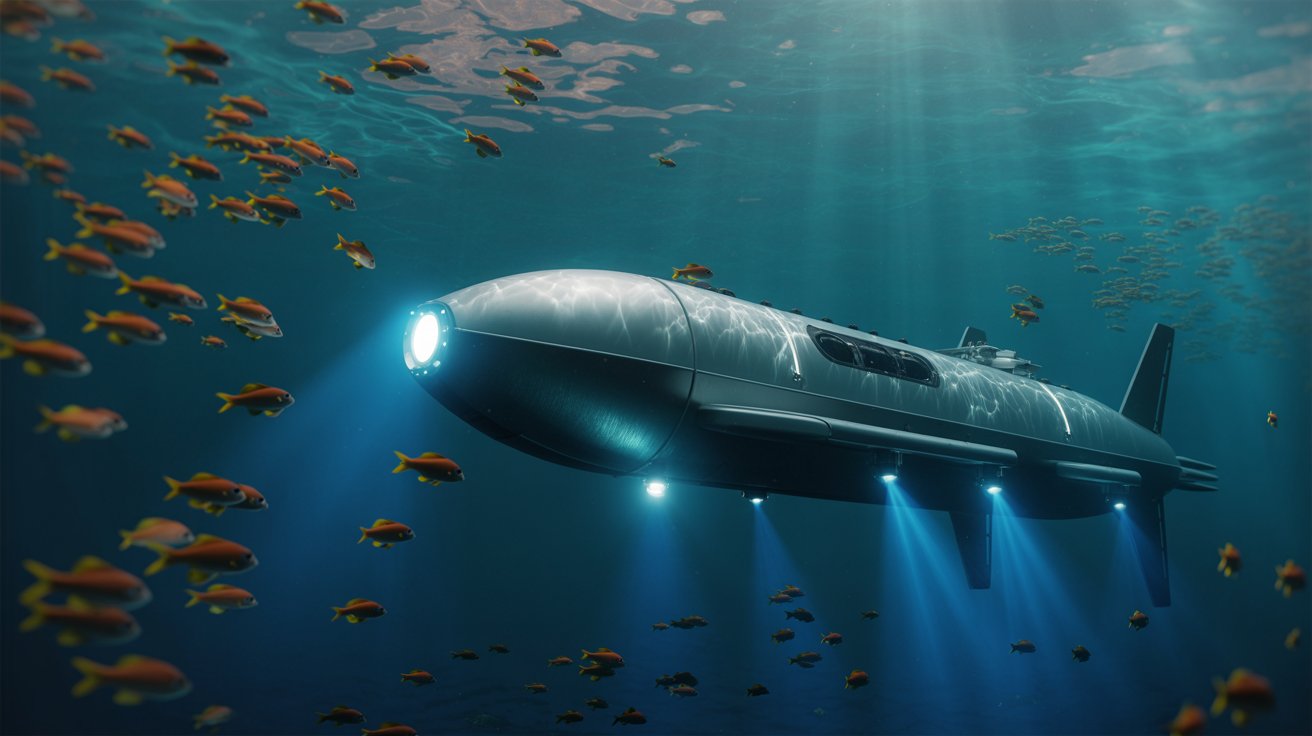The global Unmanned Underwater Vehicles (UUVs) market is experiencing a remarkable surge in growth. Valued at USD 4.8 billion in 2024, it is projected to reach USD 11.1 billion by 2030, growing at a CAGR of 15.0% over the forecast period. This momentum is driven by escalating technological advancements, growing defense budgets, and a rising demand for underwater surveillance, inspection, and exploration across defense and commercial sectors.

Download PDF Brochure @
https://www.marketsandmarkets.com/pdfdownloadNew.asp?id=140710720
Key Market Drivers: Why UUVs Are Gaining Traction
UUVs—comprising Autonomous Underwater Vehicles (AUVs) and Remotely Operated Vehicles (ROVs)—are becoming indispensable tools across sectors. The following factors are propelling their adoption:
-
Technological Breakthroughs: From high-density energy storage to miniaturized sensors, UUV capabilities are rapidly expanding.
-
Rising Naval Spending: Governments worldwide are ramping up investments in subsea defense technologies.
-
Commercial Applications: Industries such as offshore oil and gas, marine research, and underwater infrastructure inspection are increasingly integrating UUVs into operations.
-
Environmental Monitoring: The need to study marine ecosystems, conduct seabed mapping, and assess underwater habitats is fueling demand.
System-Level Insights: Propulsion and Payloads Lead the Charge
🔧 ROV Systems: Propulsion Leads
The Propulsion systems segment under ROV systems is expected to dominate during 2024–2030. This growth is fueled by:
-
Advances in thruster efficiency and hydrodynamic design
-
Breakthroughs in lithium-ion battery technologies enhancing energy density and endurance
-
AI-powered control systems for precise underwater navigation
These enhancements enable longer mission durations and greater operational versatility, especially in harsh underwater conditions.
🎯 AUV Systems: Payloads Take the Lead
Within AUV systems, Payloads are projected to hold the largest market share. This reflects:
-
Rapid innovation in multi-sensor integration, including sonar, cameras, and chemical sensors
-
Real-time data processing for autonomous decision-making
-
Lighter, more energy-efficient designs that expand mission capabilities and data collection accuracy
These payloads are key enablers in scientific exploration, subsea surveillance, and resource mapping.
Regional Focus: Asia Pacific Leads Global Growth
The Asia Pacific region is set to dominate the global UUV market, driven by:
-
Expanding maritime security needs amid geopolitical tensions
-
Accelerated offshore energy exploration efforts in countries like China, India, and Australia
-
Government-backed initiatives in marine research and infrastructure development
Significant investment in both defense and scientific sectors ensures a robust pipeline of UUV deployments across the region.
Competitive Landscape: Global Leaders Driving Innovation
The UUV market is characterized by the presence of a few key global players, including:
-
Kongsberg Gruppen (Norway) – Pioneering high-performance marine robotics and integrated systems
-
Saab AB (Sweden) – Known for advanced AUVs with military-grade capabilities
-
Boeing (US) – Leveraging aerospace technology for strategic undersea platforms
-
Oceaneering International, Inc. (US) – Offering comprehensive offshore solutions with ROV expertise
-
Fugro (Netherlands) – Delivering geotechnical and geophysical survey capabilities using UUVs
These companies are investing heavily in R&D, expanding their portfolios through strategic partnerships, and targeting emerging markets for growth.
Future Outlook: Opportunities Beneath the Surface
The coming decade holds immense promise for the UUV industry, with transformative developments on the horizon:
-
AI & Autonomy: Increasing autonomy levels will reduce human intervention and enable swarming UUV operations for large-scale missions.
-
Green Propulsion: Development of eco-friendly propulsion systems (e.g., hydrogen fuel cells) will reduce the environmental footprint.
-
Dual-Use Technologies: UUVs designed for both military and commercial missions will attract multi-sectoral investments.
-
Data-as-a-Service Models: UUV providers may evolve into data service companies, offering real-time subsea analytics to clients.
-
Interoperability & Modular Design: Plug-and-play payloads and interoperable UUV architectures will boost operational flexibility and reduce costs.
Ask for Sample Report @
https://www.marketsandmarkets.com/requestsampleNew.asp?id=140710720
Future Outlook
As oceans become the next frontier for exploration, defense, and commercial enterprise, Unmanned Underwater Vehicles are emerging as critical enablers. With robust growth forecasted through 2030, driven by innovation and strategic investments, the UUV market is poised to redefine what’s possible beneath the surface.
